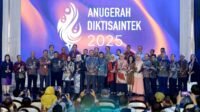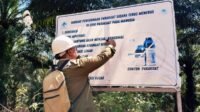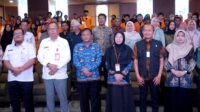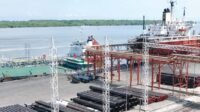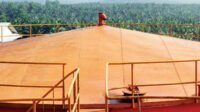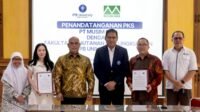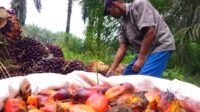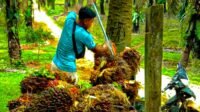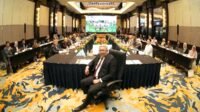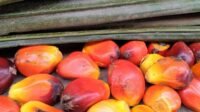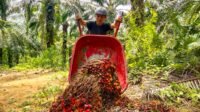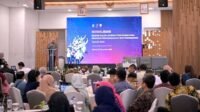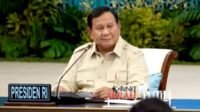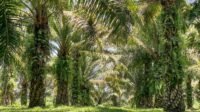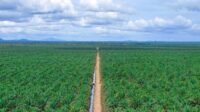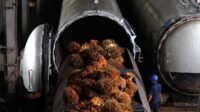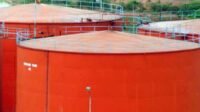PALMOILMAGAZINE, JAKARTA – The launch of the Danantara Sovereign Fund by President Prabowo Subianto on February 24, 2025, marks a significant government commitment to investing in the food and renewable energy sectors. With assets valued at US$900 billion, the palm oil industry aligns well with this initiative due to its strategic role as a primary source of food and biofuel feedstock. However, large-scale investment in natural resource-based industries requires vast land availability. Unfortunately, land expansion plans often face deforestation allegations, which frequently hinder investments. Thus, the government and Danantara must urgently address this issue to maintain a balance between environmental conservation and the economic sustainability of the palm oil industry.
Indonesia spans 188 million hectares, divided into forest areas and non-forest areas (other land use zones). According to the Ministry of Forestry, 120.3 million hectares (64% of Indonesia’s land area) are designated as forest areas, while the remainder is allocated for other developments. A core challenge in the deforestation debate lies in differing definitions of forests and deforestation. Indonesia’s regulations define a forest as land at least 0.25 hectares in size with a minimum 30% tree canopy cover, while the Food and Agriculture Organization (FAO) defines a forest as land over 0.5 hectares with trees taller than 5 meters and at least 10% canopy cover.
FAO defines deforestation as the conversion of forested land into non-forest use or a canopy cover reduction below 10%, whereas Indonesia’s definition considers deforestation as the loss of forests within specific government-designated classifications. FAO also introduces “forest degradation,” referring to the transformation of primary or naturally regenerating forests into plantation forests or other wooded areas. However, as global concerns over climate change and carbon emissions grow, the term “forest degradation” is now often equated with deforestation, making it a controversial issue.
Also Read: Indonesia Economic Summit (IES) 2025: Sustainable Growth Depends on Three Key Factors
When Minister of Forestry Raja Juli Antoni announced that 20 million hectares of forest land, including degraded forests, had been identified for food and energy projects, the policy sparked controversy. Today, global environmental movements advocate for strict forest conservation without exceptions, making deforestation—defined solely as the loss of tree cover and forest land—a strictly prohibited action, regardless of development goals or legal land status.
To bridge the gap in perceptions, the Indonesian government can take the following three key steps. First, redefine forests based on ecological function and legal status, aligning classifications with scientific ecological assessments to ensure conservation based on High Conservation Value (HCV) and High Carbon Stock (HCS) criteria. Forests with high conservation value and high carbon stock should remain protected, while production forests can be allocated for plantation and agricultural development.
Second, distinguish between deforestation and productive land conversion, ensuring that deforestation is defined as land-use conversion within legally protected forests, based on HCV and HCS studies. Forest cover loss in designated production areas should not be automatically classified as deforestation without scientific assessment. Third, introduce the concept of “legitimate deforestation”, allowing specific land-use changes in designated investment areas to counter deforestation allegations related to land cover status, production forests, and low-carbon, low-conservation-value lands (non-HCS and non-HCV areas). This concept must be backed by national HCV, HCS, and primary forest studies to redefine land-use policies.
Resolving deforestation perception issues is crucial for ensuring long-term investment in Indonesia’s palm oil sector. By adopting a scientific, data-driven approach to forest and land-use management, the government can achieve a balanced strategy that supports economic growth, energy security, and environmental sustainability. This approach would enable Indonesia to remain a global leader in the palm oil industry while maintaining its commitment to sustainable development.
Author: Edi Suhardi | Sustainability Analyst
Disclaimer: This article reflects the author’s personal views and is solely their responsibility.


